Are you considering a flat roof replacement in 2024? Understanding the factors that influence flat roof replacement cost is essential for planning your budget and ensuring you get the best value for your investment. In this comprehensive guide, we’ll break down the key elements that impact flat roof replacement cost in 2024 and provide you with the information you need to make informed decisions.
Factors Affecting Flat Roof Replacement Cost in 2024
Several factors contribute to the overall cost of a flat roof replacement. Let’s take a closer look at each of these elements:
1. Size of the Roof
The size of your flat roof, measured in square feet, is one of the most significant factors influencing the replacement cost. Larger roofs require more materials and labor, resulting in higher costs.
2. Type of Roofing Material
The type of roofing material you choose for your flat roof replacement greatly impacts the cost. Common flat roofing materials include:
- TPO (Thermoplastic Polyolefin)
- EPDM (Ethylene Propylene Diene Monomer)
- PVC (Polyvinyl Chloride)
- Built-up Roofing (BUR)
- Modified Bitumen
Each material has its own pros and cons, as well as varying price points. We’ll discuss these materials in more detail later in the article.
3. Condition of the Existing Roof
The condition of your existing flat roof can affect the replacement cost. If your current roof has extensive water damage, structural issues, or requires significant repairs, the overall cost of the replacement may be higher.
4. Geographic Location
Labor costs and material prices vary by region, which can impact your flat roof replacement cost. In general, urban areas with higher costs of living tend to have higher roofing costs compared to rural areas.
5. Accessibility and Complexity
The accessibility and complexity of your flat roof can also influence the replacement cost. Factors such as the height of the building, the presence of obstacles (e.g., HVAC units, skylights), and the slope of the roof can all impact the difficulty of the job and, consequently, the cost.
6. Building Codes and Permits
Local building codes and permit requirements can add to the cost of your flat roof replacement. Ensure that your roofing contractor is familiar with these regulations and includes any necessary permits in their quote.
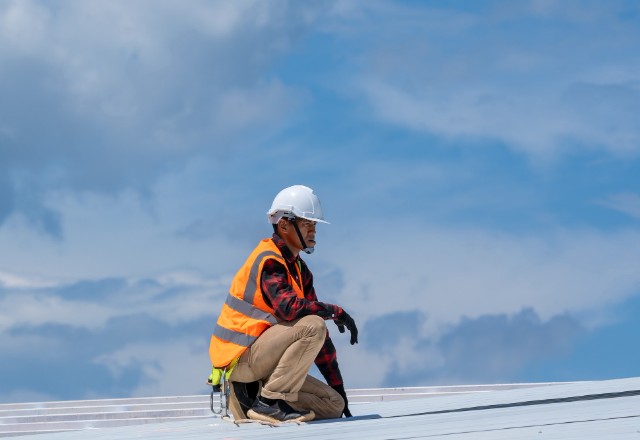
Average Flat Roof Replacement Cost per Square Foot in 2024
To help you estimate the cost of your flat roof replacement, we’ve compiled a table with average costs per square foot for various flat roofing materials:
Material | Low-End Cost per Sq. Ft. | High-End Cost per Sq. Ft. |
TPO | $3.50 | $7.50 |
EPDM | $3.00 | $7.00 |
PVC | $4.00 | $8.00 |
Built-up Roofing | $3.50 | $7.00 |
Modified Bitumen | $4.00 | $8.50 |
Please note that these are average costs and your actual flat roof replacement cost may vary based on the specific factors mentioned earlier.
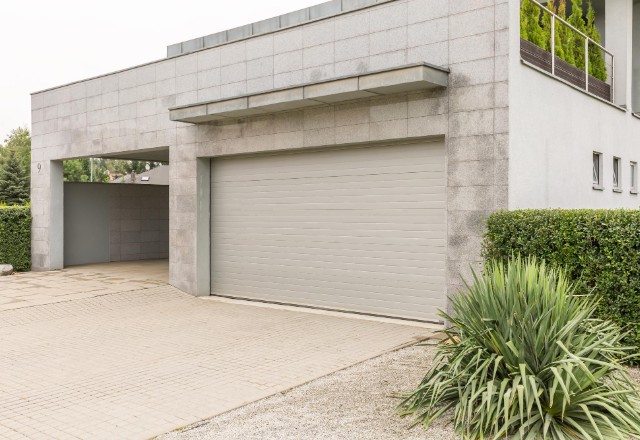
Cost Breakdown: Materials
Let’s take a closer look at the costs and characteristics of common flat roofing materials:
TPO (Thermoplastic Polyolefin)
TPO is a popular choice for flat roof replacements due to its durability, energy efficiency, and relatively low cost. TPO roofs are made from a single layer of synthetic material that is heat-welded at the seams for a strong, watertight seal.
- Average cost per square foot: $3.50 to $7.50
- Pros: Durable, energy-efficient, reflective surface, recyclable
- Cons: Can be punctured or damaged by sharp objects, may require specialized training for installation
EPDM (Ethylene Propylene Diene Monomer)
EPDM is a synthetic rubber roofing material known for its flexibility, durability, and resistance to UV rays and extreme temperatures. EPDM roofs are available in both black and white colors, with white being more energy-efficient due to its reflective properties.
- Average cost per square foot: $3.00 to $7.00
- Pros: Durable, flexible, resistant to UV rays and extreme temperatures, easy to repair
- Cons: Black EPDM roofs absorb heat, seams can be vulnerable to leaks if not properly sealed
PVC (Polyvinyl Chloride)
PVC is a strong, durable plastic roofing material that is highly resistant to chemicals, fire, and punctures. PVC roofs are heat-welded at the seams for a watertight seal and are available in a variety of colors, including energy-efficient reflective options.
- Average cost per square foot: $4.00 to $8.00
- Pros: Durable, chemical-resistant, fire-resistant, energy-efficient, recyclable
- Cons: More expensive than TPO and EPDM, can become brittle in cold temperatures
Built-up Roofing (BUR)
Built-up roofing, also known as tar and gravel roofing, is a traditional flat roofing system that consists of multiple layers of bitumen (asphalt) and reinforcing fabrics, topped with a layer of gravel or other aggregate.
- Average cost per square foot: $3.50 to $7.00
- Pros: Durable, time-tested, fire-resistant, low-maintenance
- Cons: Heavy, energy-inefficient, installation can be messy and time-consuming
Modified Bitumen
Modified bitumen is an advanced version of built-up roofing that incorporates a layer of polymer-modified asphalt for enhanced flexibility and durability. Modified bitumen roofs can be installed using a torch-down method or with cold adhesives.
- Average cost per square foot: $4.00 to $8.50
- Pros: Durable, flexible, easy to repair, fire-resistant
- Cons: Installation can be hazardous (torch-down method), cold adhesive application can be time-consuming

Cost Breakdown: Labor
Labor costs are a significant portion of your flat roof replacement cost. On average, labor costs for a flat roof replacement range from $2.00 to $5.00 per square foot, depending on the complexity of the job and the experience of the roofing crew.
Factors that can impact labor costs include:
- The complexity of the roof design and accessibility
- The need for specialized equipment or training
- The size of the roofing crew and their level of experience
- Local labor rates and market conditions
When obtaining quotes from roofing contractors, be sure to ask for a detailed breakdown of labor costs to ensure transparency and avoid any surprises.
Additional Costs to Consider
In addition to the base cost of materials and labor, there are several other factors that can impact your flat roof replacement cost:
Roof Deck Repair or Replacement
If your existing roof deck (the structural layer beneath the roofing material) is damaged or deteriorated, it may need to be repaired or replaced before installing the new roofing material. The cost of roof deck repair or replacement can vary widely depending on the extent of the damage and the type of decking material used.
Insulation and Ventilation Upgrades
Improving your roof’s insulation and ventilation can help reduce energy costs and extend the life of your new flat roof. The cost of these upgrades will depend on the type and amount of insulation used, as well as the complexity of the ventilation system.
Drainage Improvements
Proper drainage is crucial for the longevity of your flat roof. If your existing drainage system is inadequate or damaged, you may need to invest in improvements such as adding or replacing scuppers, drains, or gutters. The cost of these improvements will vary based on the scope of the work and the type of drainage components used.
Permits and Inspections
Depending on your location, you may need to obtain permits and schedule inspections for your flat roof replacement. Permit fees and inspection costs can add several hundred dollars to your overall project cost.
Debris Disposal
Removing and disposing of your old roofing material can also add to the cost of your flat roof replacement. Many roofing contractors include debris disposal in their quotes, but it’s essential to clarify this before signing a contract.
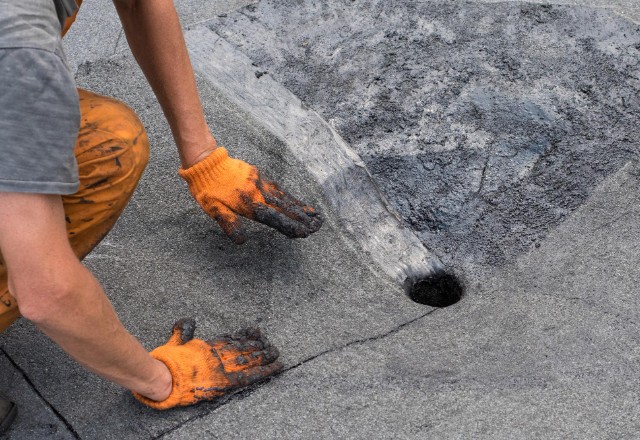
Long-Term Cost Savings and ROI
While the upfront cost of a flat roof replacement may seem significant, it’s important to consider the long-term cost savings and return on investment (ROI) that a new roof can provide:
Energy Savings
Installing a new, energy-efficient flat roof with reflective properties can help reduce your building’s cooling costs, particularly in warmer climates. Over time, these energy savings can help offset the initial cost of the roof replacement.
Reduced Maintenance and Repair Costs
A new, high-quality flat roof will require less maintenance and fewer repairs compared to an aging or damaged roof. By investing in a durable, long-lasting roofing material, you can save money on future maintenance and repair expenses.
Extended Building Life
A well-installed flat roof replacement can help protect your building from water damage, structural issues, and other problems that can compromise its integrity and longevity. By extending the life of your building, a new flat roof can provide a significant return on investment over time.
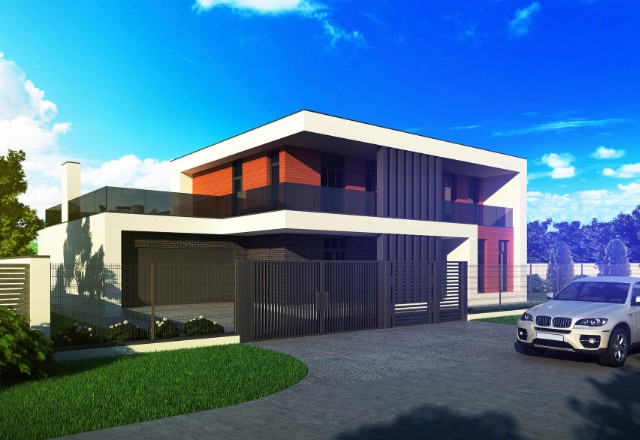
Choosing a Flat Roof Replacement Contractor
Selecting the right contractor is crucial for ensuring a successful and cost-effective flat roof replacement. Here are some tips for choosing a reputable, qualified roofing contractor:
- Look for licensed, insured, and bonded contractors with experience in flat roof replacements.
- Request references and check online reviews to gauge customer satisfaction and the quality of the contractor’s work.
- Obtain detailed, written quotes from multiple contractors and compare them carefully, looking for any discrepancies or hidden costs.
- Ask about the contractor’s experience with your specific roofing material and any manufacturer certifications they may have.
- Inquire about the contractor’s warranty coverage and any manufacturer warranties that may apply to your new roof.
Be wary of contractors who offer significantly lower prices than their competitors, as this may be a sign of subpar work or hidden costs.
Flat Roof Replacement Cost 2024: Key Takeaways
As you plan your flat roof replacement in 2024, keep these key points in mind:
- Flat roof replacement costs are influenced by factors such as the size of your roof, the type of roofing material, your geographic location, and the complexity of the job.
- On average, flat roof replacement costs range from $3.00 to $8.50 per square foot, depending on the material used.
- Labor costs are a significant portion of the overall flat roof replacement cost and can vary based on the experience of the roofing crew and the complexity of the job.
- Additional costs, such as roof deck repair, insulation upgrades, drainage improvements, permits, and debris disposal, can impact your total project cost.
- Choosing a reputable, experienced roofing contractor is essential for ensuring a high-quality, cost-effective flat roof replacement.
Frequently Asked Questions (FAQ)
How long does a flat roof replacement typically take?
Can I replace a flat roof myself to save on labor costs?
What is the most cost-effective flat roofing material in terms of durability and longevity?
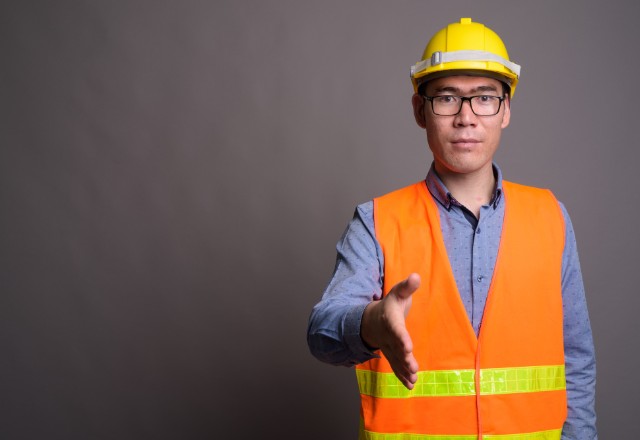
Get a Free Flat Roof Replacement Estimate from Advance Roofing LLC
At Advance Roofing LLC, we understand that a flat roof replacement is a significant investment in your property. That’s why we’re committed to providing our customers with transparent, competitive pricing and exceptional craftsmanship.
Contact us today for a free, no-obligation flat roof replacement estimate tailored to your specific needs. Our experienced team will work with you to assess your roof, discuss your options, and develop a cost-effective solution that maximizes the value of your investment.
With our expertise and commitment to customer satisfaction, you can trust Advance Roofing LLC to deliver a high-quality flat roof replacement that protects your property for years to come.



 509-201-4190
509-201-4190
